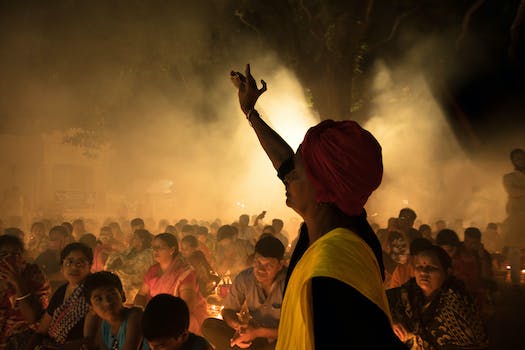Documentary filmmaking is an art form that requires a unique skill set. It is a combination of storytelling, journalism, and visual art that aims to present factual information in an engaging and entertaining way. A great documentary can educate, inspire, and move its audience to action. But what makes a great documentary? How do filmmakers create compelling stories that capture the attention of their viewers?
One of the key elements of documentary filmmaking is research. Documentaries are often based on real events or issues, and filmmakers must do their due diligence to ensure that the information they present is accurate and up-to-date. This requires a deep understanding of the subject matter, as well as the ability to ask the right questions and dig for information.
Another important aspect of documentary filmmaking is storytelling. While documentaries are based on factual information, they are not just a recitation of facts. Good documentaries have a narrative arc that takes the viewer on a journey, with a beginning, middle, and end. They use interviews, archival footage, and other visual elements to bring the story to life.
Historical event documentaries are a great example of how storytelling can be used to create compelling documentaries. Take, for example, the Ken Burns documentary series on the Civil War. Rather than just presenting a chronological account of the war, Burns uses personal accounts, letters, and diaries to bring the human side of the conflict to life. He weaves a narrative that captures the emotions and experiences of the people who lived through this defining moment in American history.
Environmental documentaries are another genre of documentary filmmaking that has gained popularity in recent years. These films explore the impact of human activity on the natural world and aim to raise awareness about the need for environmental conservation. The film An Inconvenient Truth by Al Gore is a prime example of this genre. Through a combination of interviews, animations, and data visualizations, Gore presents a compelling case for the urgent need to address climate change.
But documentary filmmaking is not just about presenting information. It is also about creating a visual experience for the audience. A great documentary uses visual elements to enhance the story and create an immersive experience for the viewer. This can include everything from stunning landscapes to creative use of camera angles and lighting.
In conclusion, documentary filmmaking is a complex art form that requires a combination of research, storytelling, and visual artistry. Great documentaries capture the attention of their viewers and inspire them to take action. By using historical event documentary analysis and environmental documentary film critiques, we can gain a deeper understanding of the craft of documentary filmmaking and appreciate the artistry that goes into creating these powerful films.





